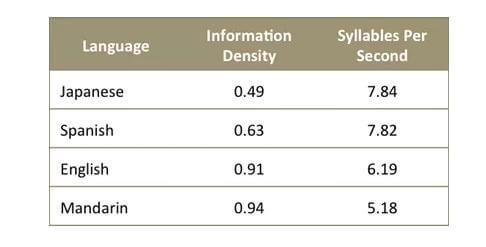Shared posts
Systems Administrator
How does traceroute work?
I’m gonna fly into an example so you can see what actually happens when you bang out a traceroute command on a router. In the network below, I’m going to traceroute from Sw1 to Sw2.
Sw1#traceroute 24.24.24.2 Type escape sequence to abort. Tracing the route to 24.24.24.2 1 13.13.13.3 0 msec 0 msec 9 msec 2 34.34.34.4 0 msec 0 msec 0 msec 3 24.24.24.2 8 msec * 0 msec Sw1#
A wireshark capture was taken on Sw1, and this can be viewed online here (I recommend you open this file before reading on).
Traceroute can be explained in three main steps below.
1- Traceroute starts by sending 3 UDP packets with a TTL set to 1, towards the destination. Each UDP packet gets an ICMP reply with a Time-to-live exceeded message. The key thing is that the IPv4 Source field is now filled with an IP address (13.13.13.3 – line 2 in the packet capture). This means 13.13.13.3 is now our first hop.
2- Sw1 then sends another 3 UDP packets to the destination with a TTL of 2. So the packet goes past the first hop (Sw3), gets to the second hop (Sw4), and another 3 ICMP TTL exceeded messages are sent back with the source IP field filled in (34.34.34.4 – line 8 in the packet capture). This means 34.34.34.4 is our second hop.
3- Sw1 then sends another 3 UDP packets to the destination with a TTL of 3. This time it actually reaches the destination, and we get an ICMP – Destination unreachable (Port unreachable) message back. Because we can actually reach the destination (at layer 3) and the TTL has not been exceeded, it now tries to reach the destination port (layer 4). This verifies that this is the final hop, and a TTL of 3 meant the destination was 3 hops away. It doesn’t matter that the port was unreachable, it was simply a test to get that port unreachable message back so that we know we moved up the OSI stack to layer 4, which verifies layer 3 is reachable.
The last thing is that traceroute always starts at port 33434 and increments by 1 each time a UDP packet is sent. You can see this in the packet capture. The first line shows the destination port is traceroute (which is 33434). The next red line shows 33435, then 33436 and so on.
Por que algumas línguas são faladas mais rapidamente que outras?

Imagine que você está em um aeroporto. Ao seu lado, um casal conversa em uma língua que você não conhece.
Apesar de não entender nada, uma coisa é clara: eles falam rápido, muito rápido.
-”Piripipipi bóbóbóbó, firififi, pererepépé…”. Soam animadíssimos, como se estivessem conversando sobre algo realmente incrível.
Isso já aconteceu antes, naquela reunião com os gringos. Parece até que combinaram de falar bem rápido, só pra dificultar a sua vida.
Por que os espanhóis parecem falar sempre a 200km/h? E os Italianos a 250 km/h?
Por que o japonês parece uma metralhadora de sílabas como onomatopéias de filmes de karatê? Raiá, rói, chimbará, hup.
Para resolver esse mistério, pesquisadores da Universidade de Lion, na França, convocaram 59 homens e mulheres com línguas nativas diferentes (inglês, espanhol, japonês, françês, alemão, italiano e mandarin) para um teste.
01. Cada participante leu 20 textos, em sua língua.
02. Depois, os pesquisadores contaram o número de sílabas em cada língua e criaram uma relação entre o número de sílabas e o volume de informação ou significado contido nelas.
Ou seja, conseguiram atribuir um valor de “densidade” ou “prolixidade” (se é que existe essa palavra) para cada língua.
Algumas falam muito para dizer pouco, outras falam pouco para dizer muito.
Por exemplo, um “aiá” em mandarin pode significar “o homem que subiu a montanha para pegar uma flor”.
E um “hofdtanggerlishstrassesprunkt” em norueguês pode significar “oi” (palavras obviamente inventadas, só pra você entender o espírito da coisa).
03. Os resultados:

04. Conclusão I: quanto mais densa uma língua (onde cada sílaba tem muito significado embutido), mais lentamente é falada.
05. Conclusão II: essa é um mistério, mas todas as línguas entregam mais ou menos a mesma quantidade de informação no mesmo tempo. Só que as mais densas precisam falar menos e a menos densas, mais. Em um filme chinês legendado em espanhol, os atores falariam pouco, mas seriam muitas legendas.
06. Conclusão III: explicando o mistério do começo do post, em que os gringos soam sempre muito rápidos, é justamente por causa da baixa densidade de informação. Um fenômeno psicológico, você não entende nada, as sílabas viram apenas sons e você não consegue decodificar nenhuma informação e acha que está tudo muito rápido.
E essa é história por trás das diferentes densidades das línguas. Já as diferenças entre a densidade de cada pessoa, bom, aí já é outro post.





